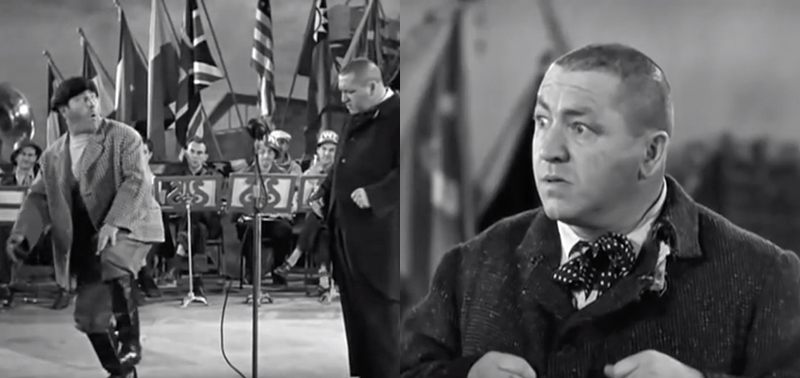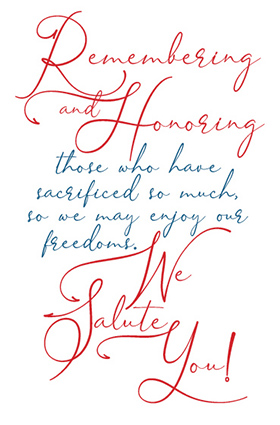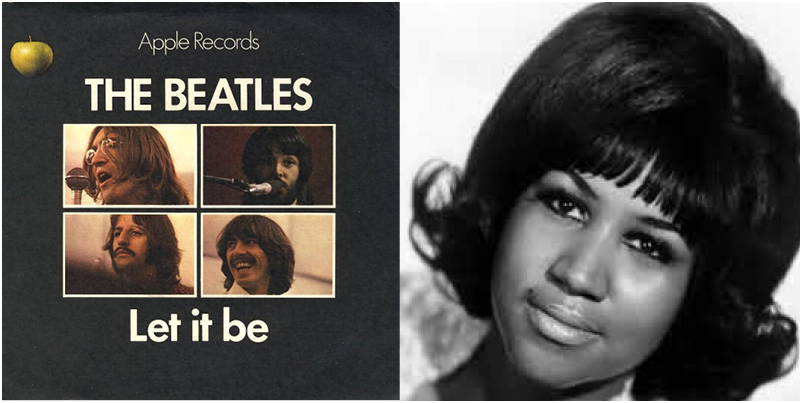Please Leave Me A Message

Anymore, selfies are the way most people remember their great vacations. Don’t forget to take yours!
It’s that time of year, when workers all across the county schedule their vacations and take time off. A favorite tactic is to wrap vacation days around traditional holiday breaks (like today), to create an extra-long weekend. With our Cleveland weather finally cheering us on, and an abundance of “places to go and people to see” I thought I’d harken back in time and see when this wonderful idea came into vogue. Some of my fondest memories are: Growing up, Dad and Mom would take us on the great adventures around this beautiful country of ours! A few of my younger siblings have actually been to all 50 states! I am missing a few states which will make for a great story in the future. Jackie and I, with the girls have been going to Kiawah Island for over 30 years! It’s a place where one of our girls learned to walk because the sandy beaches bothered their knees. Chasing sea gulls, finding sand dollars going for long bike rides through the waves always bring smiles to our faces. For my “staycation” friends, here’s a link to awesome trips around the great state of Ohio (https://vacationidea.com/destinations/best-places-to-visit-in-ohio.html) Simply exploring all of the numerous sites right here in Cleveland would take weeks! And for my more adventurous friends, here is the latest list of great adventure trips (https://www.smartertravel.com/best-adventure-vacations-to-take-in-2019/). Be sure to snap some selfies (SAFELY!) and send them over to share with our readers. Enjoy, and thanks to Wikipedia, NPR, Britannia, Goggle for the insights.
- In English, the word holiday was taken from the German language term for the haligdæg – holy day; back in that time, the only leisure time possible was on a Holy Day, so it makes sense why the British use the word holiday.
- Americans used the word vacation the way the English do, the time when teachers and students vacate the school premises and go off on their own.
- The Romans were the first civilization to indulge in what we’d now consider traveling for pleasure. But, rather than the one to two weeks we manage to get away for, wealthy Romans would look to get away for a staggering two years! (sign me up)
- The work of the army and navy in securing borders and transport against banditry, along with the ever-expanding borders of the empire, gave citizens freedom to travel without ever technically leaving Rome’s jurisdiction. This freedom led to the establishment of inns, restaurants and tour guides, everything a budding traveler would need to enjoy their trips.
- In the UK, during the Tudor period, leisure travel was reserved for royalty and the court. Vacations taken by monarchs were called “royal progress”, and usually involved the King or Queen traveling to different towns where they would stay, sometimes for as long as a month. Although some royal progress was taken purely for leisure, monarchs mainly traveled to other towns for publicity. The King or Queen rode around each town on horseback, meeting important people and providing the common people with a glimpse of his or her face. In 1535, King Henry VIII took a progress to present his new wife Anne Boleyn as Queen, and to promote the reformation of the Church.
- During the early Renaissance period, travel was mainly used for trade and battle. Means of travel was limited; roads were uneven and treacherous, with robbers lurking and setting traps. Only the rich could afford to travel safely, with groups of soldiers protecting them.
- Sea travel was also dangerous, with pirates patrolling the seas and storms frequently wiping out whole ships. Inns provided shelter and were popular among travelers. However, they were expensive, dirty and uncomfortable, with guests often sharing single beds. Those people lucky enough to be on vacation would usually be found staying with friends or relatives, where they could receive the comfort they’d expect to find at home. See Airbnb is not such a new thing after all!
- Luckily for everyone else, the industrial revolution saw the rise of the steam train, which enabled common people to pack up and travel to new locations. The first American steam train named Tom Thumb made its first journey in Baltimore in 1830, and within years the steam train was the most popular form of mass transport. This enabled people to travel to the beach en masse for their vacations.
- One of the little-known turning points in the history of American travel occurred in the spring of 1869, when a handsome young preacher from Boston named William H.H. Murray published one of the first guidebooks to a wilderness area. In describing the Adirondack Mountains—a 9,000-square-mile expanse of lakes, forests and rivers in upstate New York—Murray broached the then-outrageous idea that an excursion into raw nature could actually be pleasurable.
- Before that date, most Americans considered the country’s primeval landscapes only as obstacles to be conquered. But Murray’s self-help opus, Adventures in the Wilderness; or, Camp-Life in the Adirondacks, suggested that hiking, canoeing and fishing in unsullied nature were the ultimate health tonic for harried city dwellers whose constitutions were weakened by the demands of civilized life.
- Over time, the vacation became a middle-class institution, as well as a time for physical, mental and spiritual self-improvement, not to mention sheer entertainment. Doctors and ministers began to say it’s important to get away for your health as fears emerged about businessmen who were suffering brain fatigue. As apposed to simply being forgetful!
- As the railroad expanded, and of course the automobile, people were realizing they could get to a shore, visit a hotel and enjoy the water. In the US, a whole new vacationing infrastructure began to grow.
- Vacations truly came into their own in the 20th century. Beaches were attractive to crowds not for the sea air, but mainly for the man-made attractions on piers. The early 20th century saw people flocking to Florida to enjoy the various entertainments, most notably the underwater theatre at Weeki Wachee Springs. Today, destinations like Disneyland have become multi-million-dollar extravaganzas.
- The 50’s and 60’s saw the explosion of family vacations – load up the station wagon and head off to the beach. Depending on your location, you could head west, head north or head south – beaches, mountains, woods and more – everyone had a place they loved to visit, while some made it to all 50 states.
- With instant information at our fingertips, booking a vacation is easier than ever – airfare, cars, airbnb, Uber and Lyft and so much more. Vacations are planned in an instant, and off we go.
- Space travel has always captured our imagination. We dream of visiting the moon and beyond. But, for the first time in human history we’re now seeing serious effort being put in to creating actual colonies in space. That effort is coming from Elon Musk and his Space X project.
- For our grandchildren and their children, the prospect of vacationing on Mars is a very real possibility. More than that, it’s something which actively excites our imaginations. 700 people have already signed up to fly into space with Virgin Galactic, and they will surely be the first of many.
- The deep seas will also become open to us as a travel location. There’s so much to see and experience down there, some will question why we’d ever want to go to space? Why go and see blackness, when you can see the wonders of the deep seas. Companies are offing special visits to the ocean floor. VISIT THE TITANIC • THE $800 DIVE TO 1,000 FEET • BUY YOUR OWN TRITON 3300/3. DIVE TO 3,300 FEET. ON SALE NOW FOR JUST $3 MILLION.
- Marriott hotels are already offering virtual reality services to their clients and we’ll see more and more chains offer the same in the future. Tools like the Oculus Rift make virtual reality something all of us can enjoy, rather than a hobby for the techy few. Now, we won’t have to travel at all, just shut the door, (turn on the sun lamp) and “go” on vacation to places near and far. Although VR is improving, that will never match digging your toes into the sand or climbing a trail! Call me old school, but spending time with Jackie beats all!


































